It may seem innocuous, but a new mandate for Western Australian properties to install a main switch circuit breaker with any new or updated solar system is proving ruinous for both installation companies and households in the region, they claim.
Effectively the new rule means regional and rural households in the South West Interconnected System (SWIS) can no longer use, for instance, induction cooktops while running air conditioning without tripping their grid connection, let alone even consider charging an electric vehicle (EV).
The problem here is not the solar systems, but properties’ electrical supply allocation, issued by the region’s sole network operator Western Power Corporation, owned by the state government.
Why solar companies have been wrapped into this strange bind is that the property’s allocation limit only becomes visible when major “notifiable” electrical work, like installing a rooftop PV system, is completed.
“It’s crucifying the solar industry,” one installer tells pv magazine Australia. He, along with a number of other regional installers pv magazine Australia has spoken to, did not want to be identified for fear of deteriorating their already strained relationship with Western Power.
The installers believe they are far from the only ones adversely impacted by Western Power’s ‘Basic Embedded Generator Connection Technical Requirements’ which became mandatory in February this year.
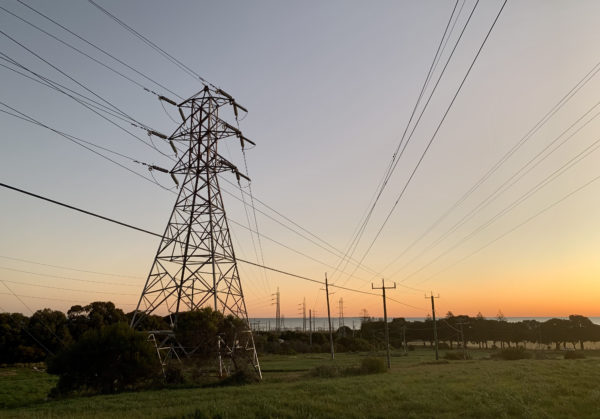
“I don’t think the industry realised the implications [of the rule changes] until after it became mandatory,” Malcolm Scott, the Technical Services Officer for the Western Australia chapter of NECA, the National Electrical Contractors Association, tells pv magazine Australia.
NECA has already been hearing from vexed members, and Scott expects the issue will only grow as the circuit breakers begin to impact more households. “People in those areas aren’t going to put up with it,” he says, adding the changes could become something of a “political minefield” for the government.
As it stands, Ian Holland from Sunwise Energy Australia – one of the largest in the South West region, says the changes have wiped out between 20% to 30% of his market.
On the household side, a customer of one of the installers, who we’ll call Bryce, can no longer put on their electric oven while the aircon is running without their circuit breaker disconnecting them from the grid. Until the situation is rectified, the customer is refusing to pay Bryce, leaving him on the hook.
This particular rule change is a measure to bring the amount of electricity households draw back into line with regional networks capacities. “Load creep and generation needs to be effectively managed to ensure the stability of the network and provision of a reliable energy supply for all users,” Western Power tells pv magazine Australia.
The problem for the solar installers is that while such measures may be necessary, today they primarily impact households and businesses installing renewable systems – the exact technology needed to realise Australia’s decarbonisation.
Whether or not it was intentional, the rule’s effect “will drive people away from solar,” Scott notes.
‘Why shouldn’t country residents be allowed to have air conditioning?’
The standard electrical supply allocation for households in Perth and major towns in Western Australia is 63 amps. The standard, however, drops by almost half, to 32 amps, for regional and rural households.*
Western Power says this allocation is “substantially more than the actual maximum demand used for most homes.” A claim one installer, who we’ll call Todd, described as “laughable.”
Malcom Scott and installers Ian Holland and Bryce all agree 32 amp is simply not enough to run a house today.
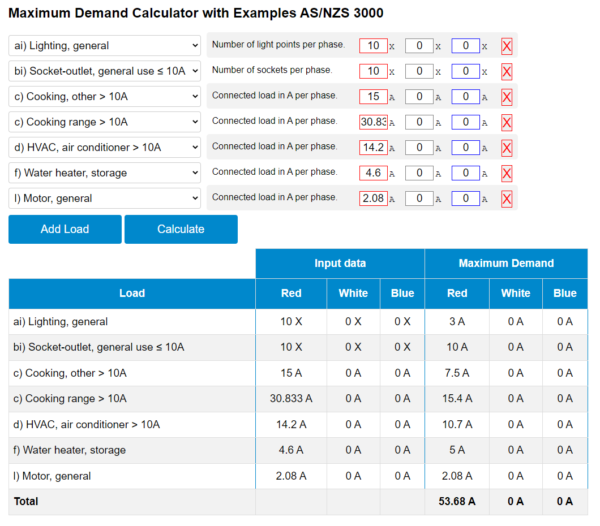
Image created via Screen shot from jCalc.NET
Todd calculates a household with an electric oven, an electric hot water system, a water pump and air conditioner would have a maximum draw of 65 amps. “To suggest that a ‘normal’ house has a maximum demand of less than 32 amps is simply not true. Why shouldn’t country residents be allowed to have air conditioning?”
Why the issue is showing up now
Western Power’s electrical supply allocation for regional and rural households hasn’t changed (which may also be part of the problem), but until now their electrical systems have been set up in a way which allows them to draw considerably more power than their official allocation.
In other words, while the allocation has long been 32 amps, few households have run into problems because their main switch didn’t actually limit maximum demand.
But as regional network capacities have stagnated, the amount of power households are draw has changed drastically.
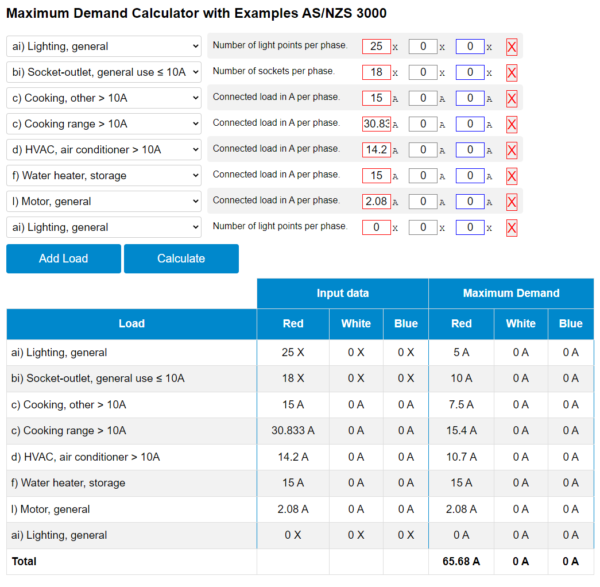
Image created via Screen shot from jCalc.NET
In the regions, the rollout of the same electricity intensive appliances is more problematic than in the city. “Unfortunately, the infrastructure is not there to support it,” Scott says, noting the capacity of regional transformers is simply too small for modern – and electrifying – households. “It’s almost discrimination against country people,” he adds.
Unfair as this is, Western Power is also in a rather unenviable position. It is responsible for integrating the new two-way flows of energy from solar systems into a network not designed for it and which covers vast distances. “Nowhere else in Australia do they have such long lengths on line with so few customers,” Scott says.
This increase in the electricity properties draw, it seems, is becoming insurmountable for Western Power, and it has now enacted a measure to force households to stick to the official allocation.
Installers Holland and Bryce can see the logic here and agree regional households have likely been exceeding their electricity allotment – but note Western Power would have long known this. “If they don’t, then what are they doing?” Bryce says.
“They’ve known for long enough and they should have imposed these restrictions on these properties prior to now, prior to the people doing applications for solar,” he adds.
This is really the heart of the issue for the installers: households and their businesses are being punished for installing technology which decreases a household’s demand on the grid.
“Why are they allowing people who aren’t putting solar on to get away with it?” Bryce said.
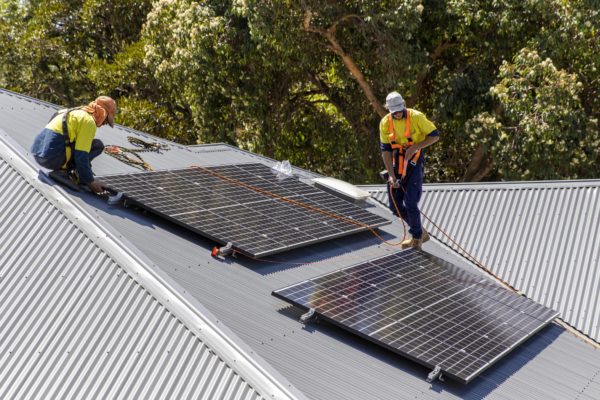
“You’ve either got to make it a hard and fast rule across every property or give leeway to those putting batteries in to have a higher draw because they’re protecting the network,” Bryce says.
Unscrupulous operators
Since the installers see the rule changes as a deterrent for solar customers, they believe it will open the door to “unscrupulous operators” who won’t warn customers about the circuit breakers and instead leave them to find out when their power trips.
“Most retailers aren’t telling customers about this,” Todd says. For the last few months, he has spent countless hours explaining the implications. “I’m getting people looking at me flabbergasted,” he says. He’s had multiple customers pull the pin on installing big systems, sometimes in the order of $60,000. “It’s an absolute killer for us.”
Not telling customers their power will constantly trip following a solar installation is not something Holland, nor Todd nor Bryce, feel is ethical business practice though.
“We can’t ethically sell them this product because of the arrangement put in place by the network provider,” Holland says. Formerly, farming properties on two-phase 16 amp (Western Power later increased the amperage to 20) connection made up 20 – 30% of Sunwise’s market. Now, when Holland hears a property has this type of connection, he halts the quoting process, so as not to waste their time and his.
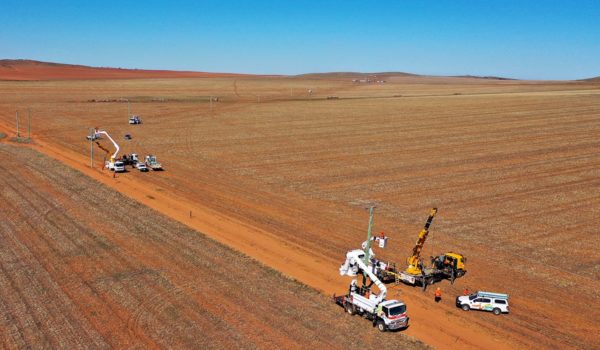
Image: Western Power
If it isn’t customers being left in the dark, Bryce thinks the alternative could see companies get curly with Western Power’s rules. “People work out ways of getting around it,” he says. “That’s what it’s going to create.”
“There’s no way around this, legally.”
‘Spend more money on more stuff to achieve less CO2 reductions’
This isn’t strictly true – there is a legal solution and it is for properties to officially increase their supply allocation through Western Power. That, or to go off grid. Both of these options would likely set customers back by tens of thousands of dollars.
“Nothing is going to be cheap,” Bryce said. “You’re talking about an $1800 application fee [for a Western Power supply increase] for a start. Then the next phase is another application costing $5,000, and then after that it’s going to be whatever the recommendations are.” He estimates his customer who currently can’t run two major appliances concurrently might be on the hook for as much as $250,000.
The other option, going off grid to install a renewables could be attractive to some properties, but Todd – who specialises in off grid systems – says for many this is a suboptimal solution. To get a property completely off grid requires about triple the equipment compared to supplying the majority of a household’s demand through behind the meter solar and batteries while remaining connected to the grid.
As Holland put it: “Customers are spending more money on more stuff to achieve less CO2 reductions.”
The changing shape of regional networks
While that might be true for households, the picture looks different from Western Power’s end. The corporation is at the global forefront of rolling out what’s known as standalone power systems, off grid systems which typically comprise of solar PV panels coupled with a battery and, where necessary, a back-up diesel generator.
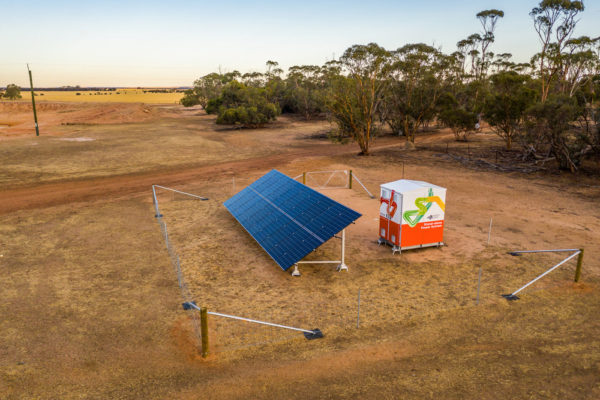
Image; Western Power
Western Power has had great successes with the systems, which are proving more reliable for customers and help decarbonise their network.
It’s worth mentioning this because it highlights where Western Power finds itself: acutely aware that highly dispersed networks like theirs will radically change shape in the next decades of the clean energy transition.
Instead of running long lengths of power lines, which are vulnerable to the elements and expensive to lay, renewable technologies make it possible to create smaller decentralised systems which are cheaper, more reliable and better for the environment.
The fact is, however, these transformations take time. NECA’s Malcom Scott believes Western Power probably do have a long-term plan in mind, but for the problems facing its grid now, there’s no quick fix.
He believes Western Power is going to have to upgrade its network, “but that’s not a quick solution either.”
“If people go off grid, that will alleviate the problem, to a degree.”
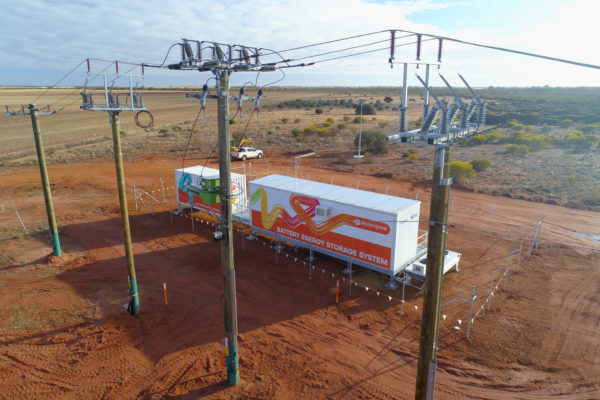
Image: Western Power
‘Time to walk away’
Installer Bryce, who has been working in the industry for 17 years, said he’s heard a number of his peers considering walking away from solar for regional customers.
When asked how many local businesses have been impacted by the recent changes, he said: “show me a solar company that sells in regional WA that isn’t.”
“The last 12 months have been the hardest in industry ever,” he says. “It’s getting time to walk away.”
–
* Depending upon customer’s supply arrangements they may have either 32 amp for single phase or 16 amp per phase for three phase connections. Two 16 amp connections was also the norm for two phase properties, but this was recently increased to 20 amps by Western Power.
This content is protected by copyright and may not be reused. If you want to cooperate with us and would like to reuse some of our content, please contact: editors@pv-magazine.com.
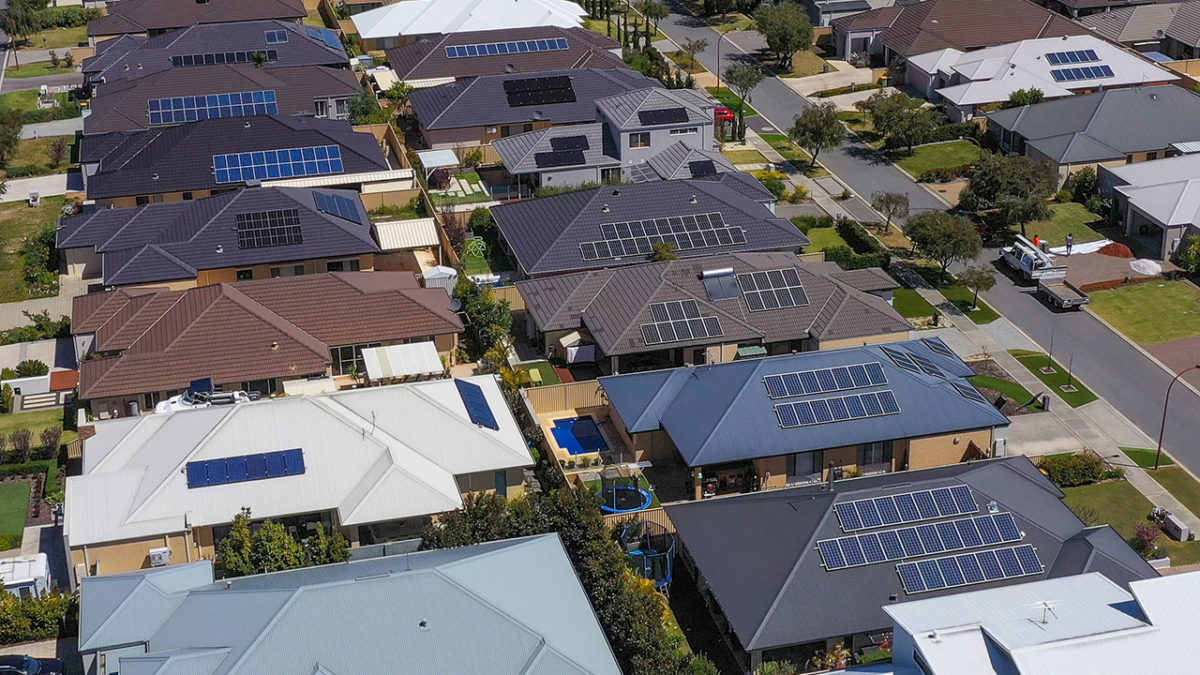
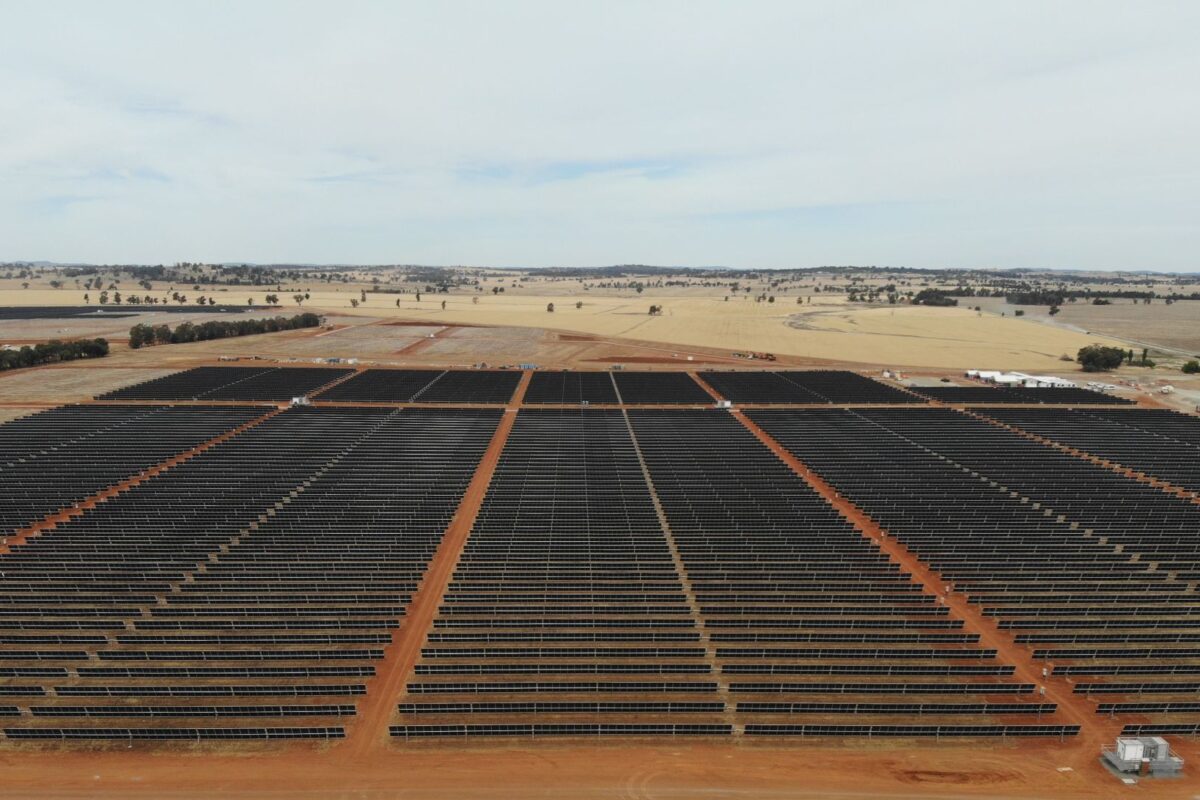


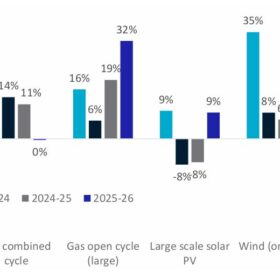
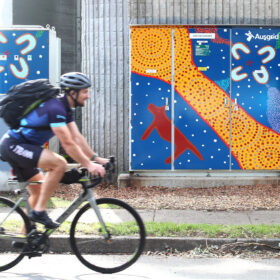
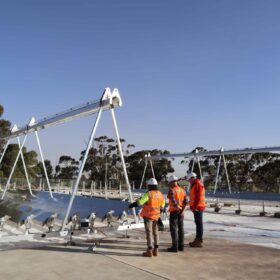
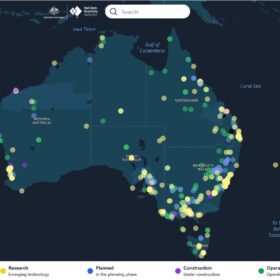
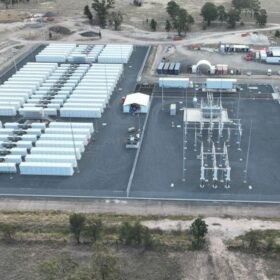
Re Bella Peacock’s 6 July article on network supply restrictions in regional areas, one option is to try to stagger the use of large appliances so that too many are not on at the same time.
Water heating can often be timed to occur when other big appliances are not on.
I think a hybrid system would work where some circuits could be off grid like the ac or h2o heater and remaining circuits could be on grid where the reliability factor is present. You may have to add batteries or different controller but with today’s tech, its doable.
Running a DC circuit for a dc aircon and/or water heater would make it even better.
I agree…. maybe Edison was right all along and the Residential Sector (at least) switch to DC… everything…. from lights, to heat pumps, pumps, fans, blowers, electronics.. to.. WHATEVER… like many electrical stuff already available for the Auto Industry… that uses DC mostly…
If Grid Operators & Regulatory Bodies make “life difficult”… just dump them and generate your own electricity with PV Panels and Batteries (use Heat Pumps… preferably with Hot & Cold Water & Thermal Storage… to reduce Battery Cost/Size drastically…).
If manufaturers supply DC “stuff”… even better … maybe those Expensive and Troublesome Inverters would not be needed either …
Maybe one day … Compressed Air/ Pressurized Water /micro Hydro Energy Storage will replace the polluting and troublesome Batteries too…
Would stay away from ANYTHING TO DO with Hydrogen… simply too dangerous for the retail/domestic market…
[ I have a cabin in the Himalayas at 6,000 ft with NO GRID OR WATER/SEPTIC CONNECTION… for 10+ years now….
• I have PV Panels, Solar Hot Water & Hot Air Heating
• Rainwater Harvesting and Septic Tanks providing Grey Water for the Garden…
• fortunately.. there is a waterfall (benefits of the Himalayas) that provides crystal clear and sweet water I use for drinking (after boiling) and directly for cooking…
• Rainwater storage (125,000 litre tank) meets all my other water needs around the year (here again… the Monsoons deliver their stuff… water… reliably… so far…)…
NO MONTHLU OR ANY UTILITY BILLS TO PAY EITHER….!!!!
YES… YOU CAN DO IT & START DUMPING UTILITIES… WITH YOUR NEIGHBORS… WHEN THEY AND OFFICIALS SERVE THEMSELVES ONLY AND SHIW THE FINGER TO …. THE PEOPLE … THEIR CUSTOMERS… !!!
32 Amps is quite low. What happens when somebody buys an electric vehicle? For instance, a Nissan Leaf can be fully charged overnight at just 2.5 kW. This is 10.86 Amps at 230 v, or 30% of the total allocation for just one “appliance”. What if they buy a Tesla with a higher capacity battery and a higher charge current? Charging at 240V Model S 24A, 5.7 kW for 36 km per hour of charge. 16A, 3.8 kW for 22.4 km per hour of charge. 12A, 2.8 kW for 16 km perhour of charge. At 230V range per hour of charge is reduced by 4% Perhaps people in the regions should drive Diesel cars
I don’t think many understand that the power supplier has to remain profitable if you want them to upgrade and continue to keep up the grid. Copper is continuously going up in cost, generating cost are skyrocketing, do you expect them and their employees to work for free and get no return on their investment? If you do, your not smart enough to operate off grid.
You can’t run on other people’s work and money forever , eventually someone has to pay. There’s really no such thing as a free lunch.
Our 10 kw system is great but Western Power still demand our land for their grid at our inconvenience and loss of the right to charge them a lease as it is done in other countries. We do not need them as our system cost $32,000 when theirs would of cost us 30-40 thousand dollasr to connect to. we have no bills or charges to operate but Western Power refuse to reposition their 3 phase line in a better postion over our land, they refuse to practice biosecurity but claim they do. The Premier destroyed the Private Property Inquiry and has now announced they may spend 0ne Billion on a failing system. May I ask where did the 409 Million go to replace the grid poles in 2013. They never come to our place to do that! There are hardly no dairies in our area anymore to use this 3 phase power supply yet it is still forced down our throats for huge money and cost. Did you all get what I said? My system has neasly paid itself off and I get no bills, no charges and no outages that I cannot deal with using my standby genset. Are you listening? Or do you believe Western Power Management on outrageous high wages at you expense? Plus they have complete use of your land for nothing. Cheers
Now Solar power is the way to go even after Western Power repeatedly told me it was unreliable. There are a few short comings but nothing as expensive as to endure the current cost of electricity or the power of Western Power over our Rural Land.If you buy Rural Land with a power line you will have to endure Western Power and their antics. Solar is a better choice than allowing Western Power to build a grid over your land. In 3-4 years we will start to save so much money on our power cost we will either bank money to improve our system for free or update it. Or you will be paying massive power costs to Western Power still and the Government for no logical reason or they may spread gazetted pests, viruses on your land as they do not practice biosecurity. They cut my front gate locks in 2013 for no apparent reason. The Energy Ombudsman is useless yet he is continually praised by all the government authorities he protects. Our premier fails to listen to the right people. I live everyday with no power costs or outages so who would you believe?